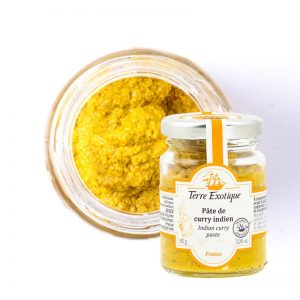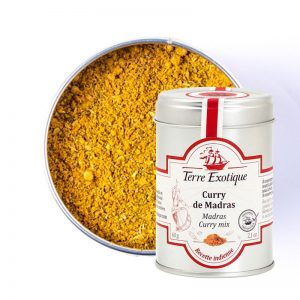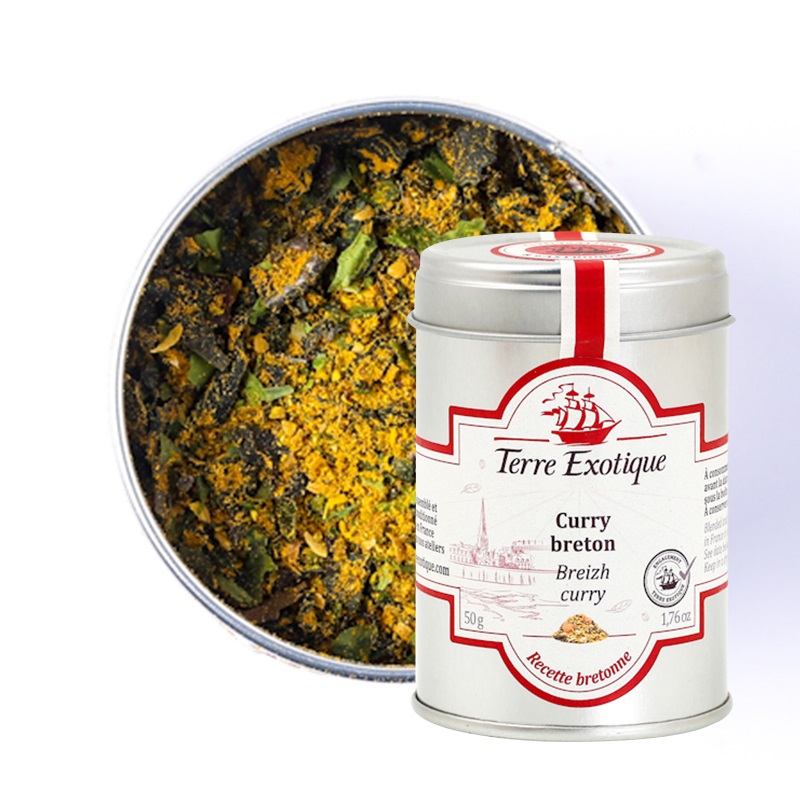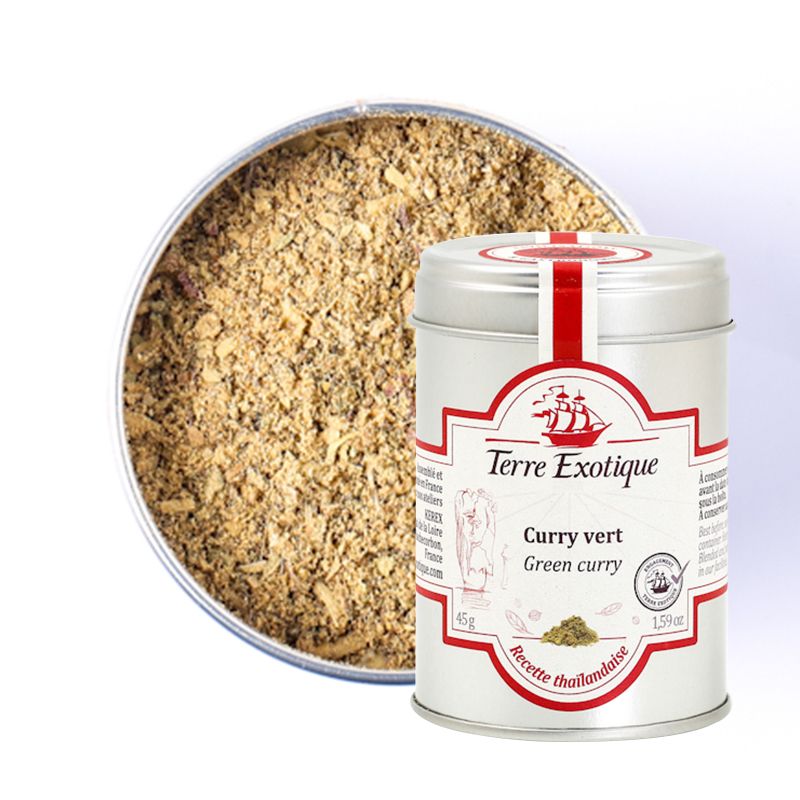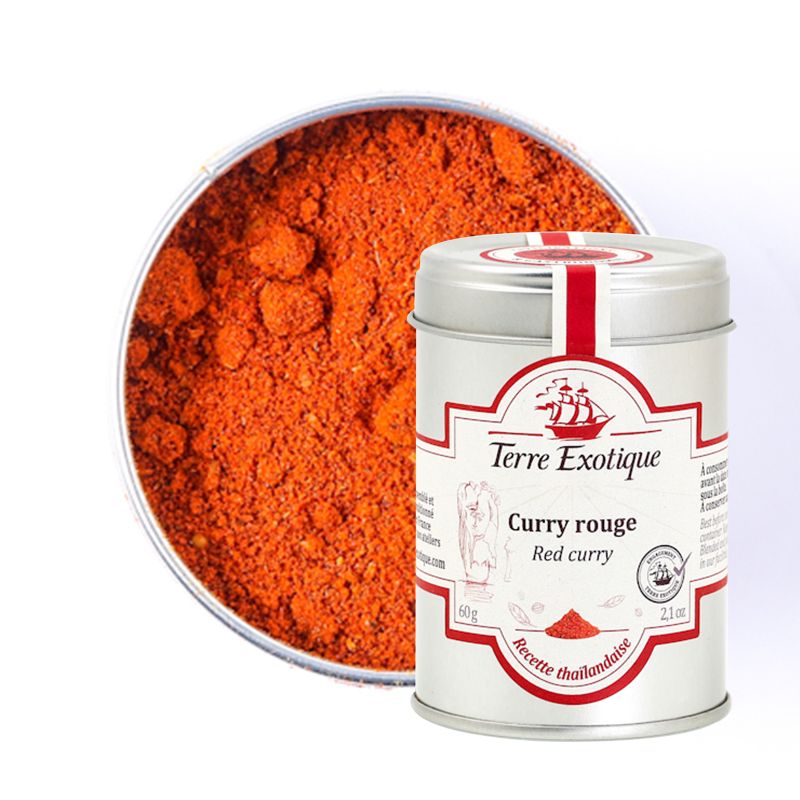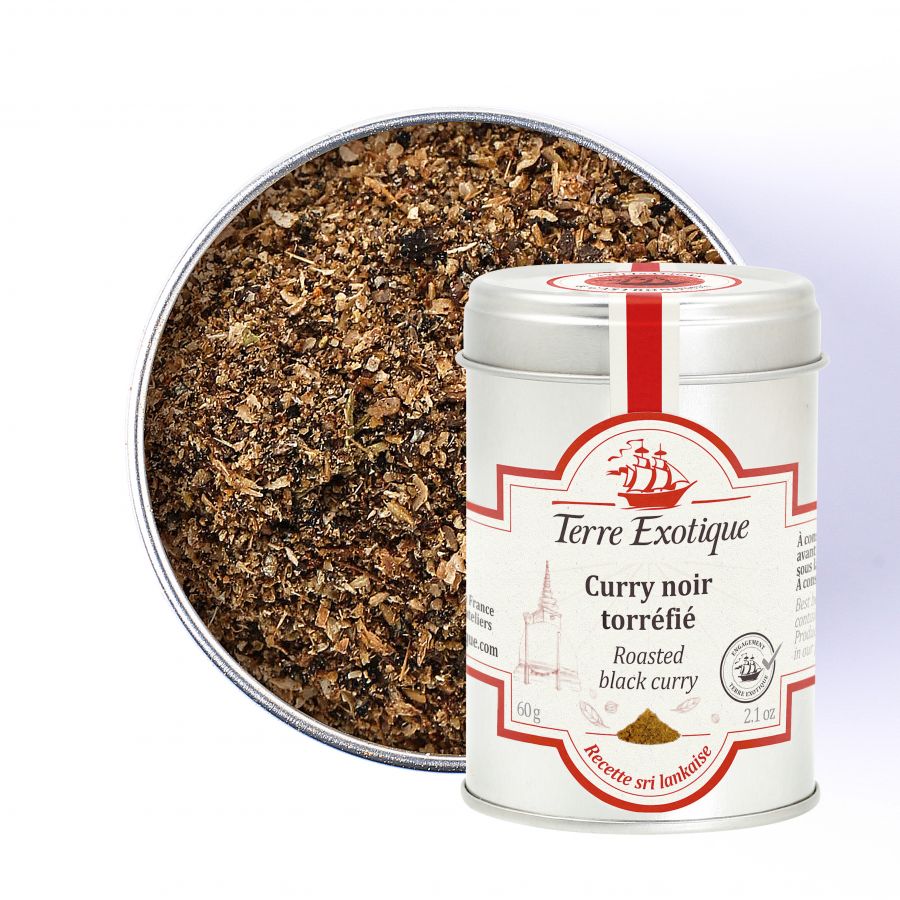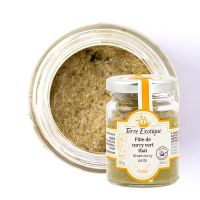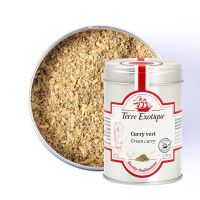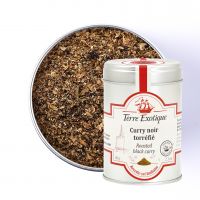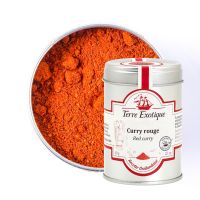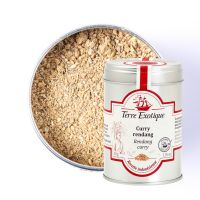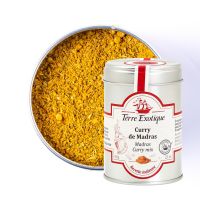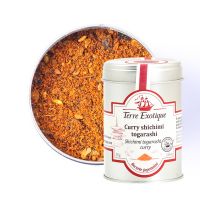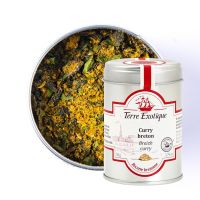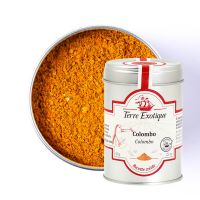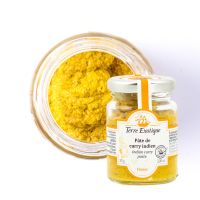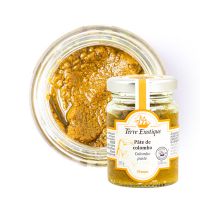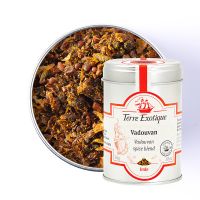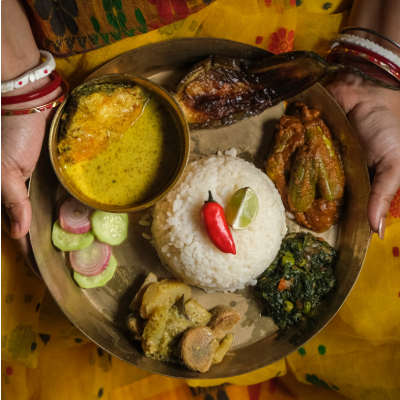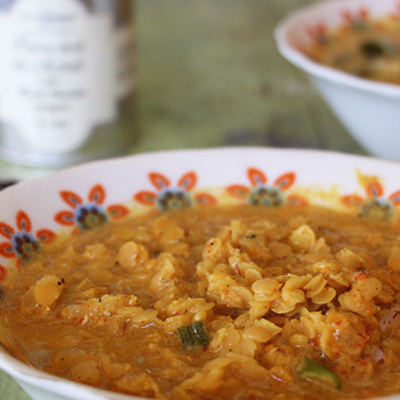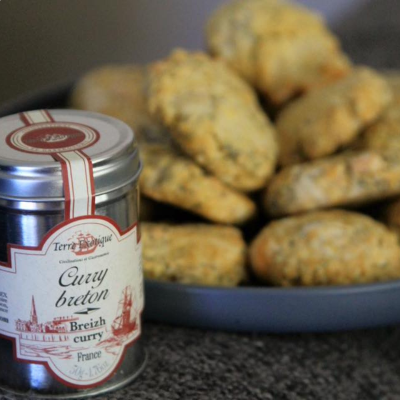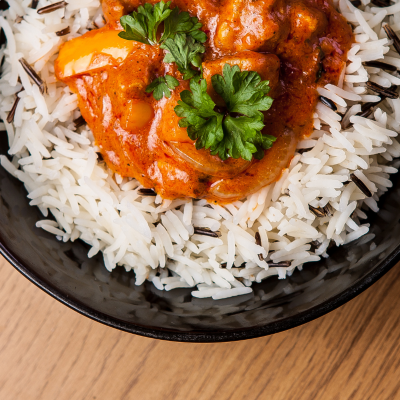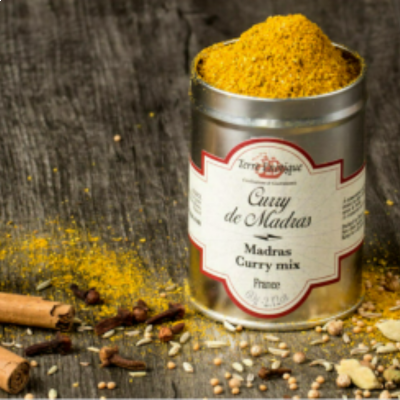CURRY IN CUISINE


Powder or Curry Paste? Which One to Choose?

What Color of Curry to Choose?

Difference between Thai and Indian Curry



How to Choose Your Curry
INGREDIENTS: As seen, there are so many curry recipes that it is difficult to define a composition rule. The most commonly encountered basic ingredients are turmeric, ginger, cumin, fenugreek, and coriander. The more ingredients the blend contains, the more complex the aromatic profile will be. However, be careful not to go in the opposite direction: a mishmash of flavors that, when poorly combined, would no longer be pleasant to the nose and palate. Finally, a good curry doesn't need preservatives, anti-caking agents, coloring, or even rice, which only adds weight to the blend.
FRESHNESS: Ideally, you should grind your spices at the last moment. For the sake of efficiency and simplicity, curry powders work just as well, provided they are fresh and not stale! At Terre Exotique, we prepare our blends in small quantities, and purchasing from producers during the harvest seasons ensures that we offer highly aromatic preparations.
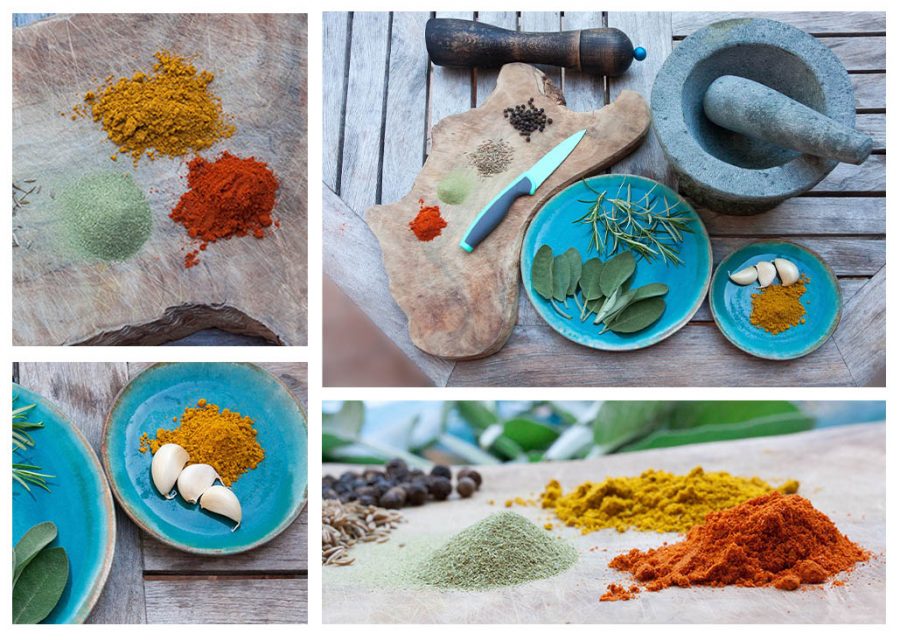
PACKAGING: Regardless of the spice, whole or powdered, it's important to store it in a moisture-proof and opaque container to keep it protected from light.
THE DISH: First and foremost, be cautious of generalizations! Curry is an art, but personal flair is essential in India and elsewhere! It is entirely possible to try a Madras yellow curry with meats or with a lentil dhal; toasted black curry is just as good with vegetables as it is with fish. However, it's good to keep in mind that:
- Red curry is spicy (it pairs well with meats).
- Green curry is more subtle (and therefore goes well with delicate dishes like white fish or seafood).

How to Use Curry in Cooking?
Basic Recipe

 Français
Français 
